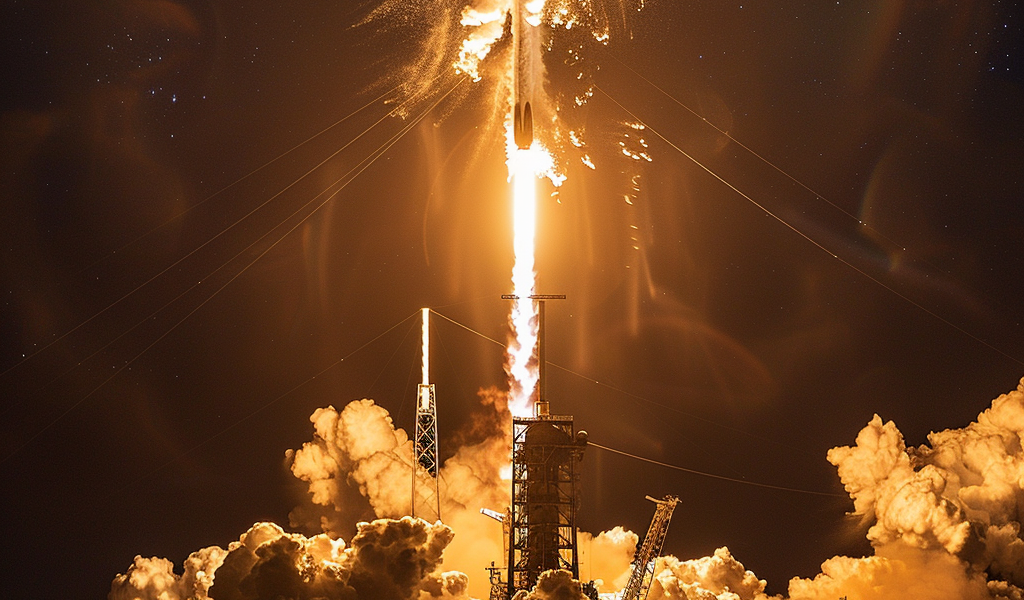SpaceX has successfully launched its Dragon spacecraft on the inaugural official cargo resupply mission to the International Space Station (ISS), marking a significant milestone in commercial spaceflight. The launch took place at 8:35 p.m. ET from Launch Complex 40 at Cape Canaveral, Florida, aboard the Falcon 9 rocket.
This mission, designated CRS-1, is the first of at least 12 planned missions under SpaceX’s cargo resupply contract with NASA. The Dragon spacecraft is carrying essential supplies and equipment to support scientific investigations planned for the ISS’s Expedition 33 crew, along with crew provisions and hardware necessary for the station’s operations.
Notably, the Dragon spacecraft is unique among cargo vehicles as it has the capability to return a significant amount of supplies back to Earth. This feature allows it to bring back scientific materials and hardware from the space station, a critical aspect of maintaining ongoing research and experiments conducted in microgravity.
The Falcon 9 rocket performed flawlessly throughout the launch sequence, powered by nine Merlin engines. The mission included successful executions of two stage separations, deployment of solar arrays, and the final insertion of Dragon into its designated orbit. Following the launch, the Dragon spacecraft will embark on a journey to rendezvous with the ISS, conducting a series of burns to adjust its trajectory for docking.
Elon Musk, CEO and Chief Technical Officer of SpaceX, expressed satisfaction with the launch’s success, stating, “We are right where we need to be at this stage in the mission. We still have a lot of work to do, of course, as we guide Dragon’s approach to the space station. But the launch was an unqualified success.” The Dragon spacecraft is expected to attach to the ISS on October 10 and remain there for over two weeks before returning to Earth on October 28.
This mission follows a historic demonstration flight in May, during which SpaceX’s Dragon became the first commercial spacecraft to successfully attach to the ISS, exchange cargo, and return safely to Earth. This achievement signified a restoration of American capabilities to resupply the ISS, a function that had not been possible since the retirement of the space shuttle program in 2011.
SpaceX, founded by Elon Musk in 2002, has been at the forefront of revolutionizing space transportation. The company designs, manufactures, and launches some of the most advanced rockets and spacecraft in the world, with the ultimate goal of enabling human life on other planets.
The successful launch of CRS-1 is a testament to SpaceX’s commitment to advancing space exploration and supporting scientific research aboard the ISS. As the company continues its partnership with NASA, the future of commercial spaceflight looks promising, with numerous missions planned to further enhance our understanding of space and its potential for human habitation.





